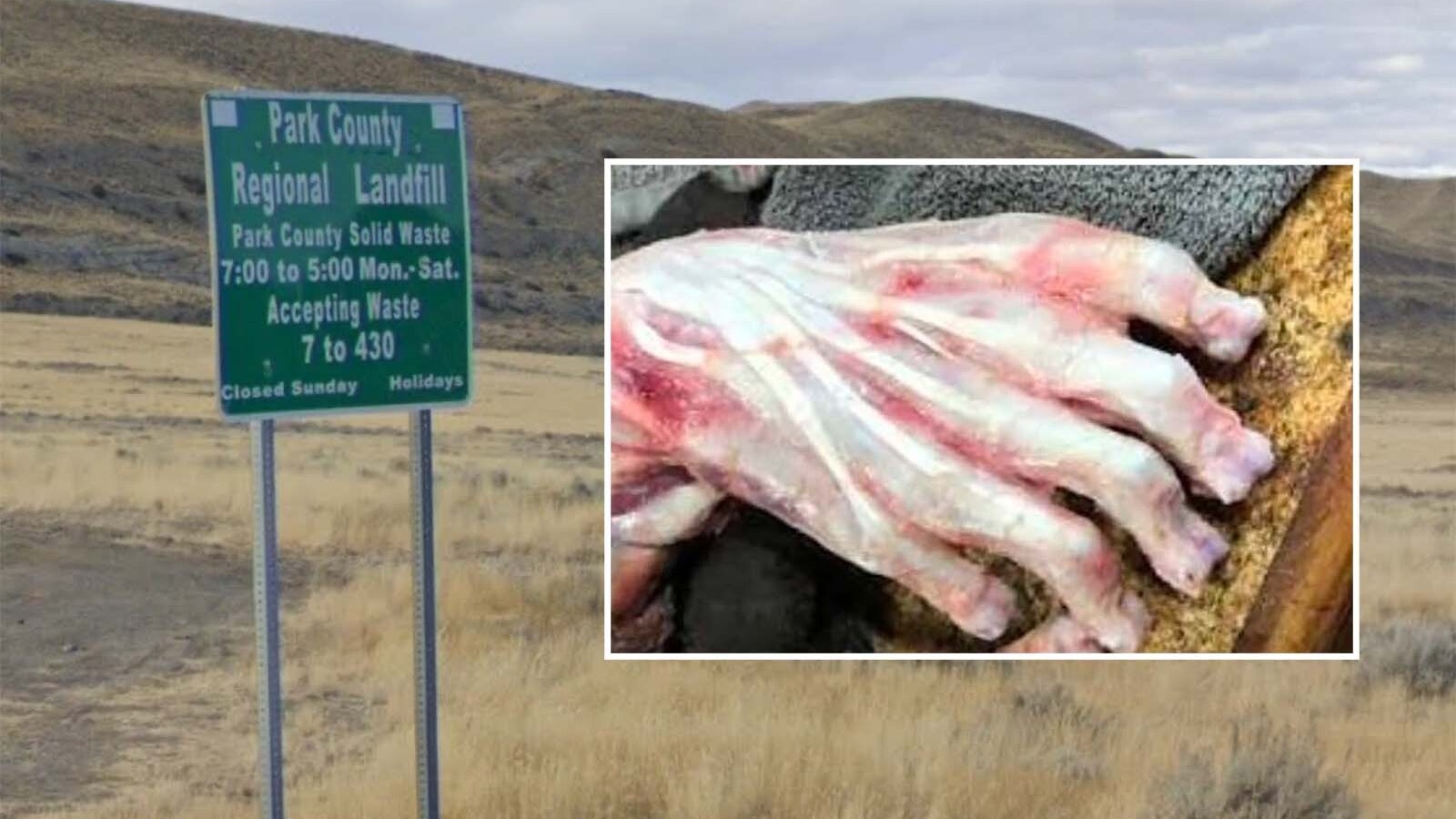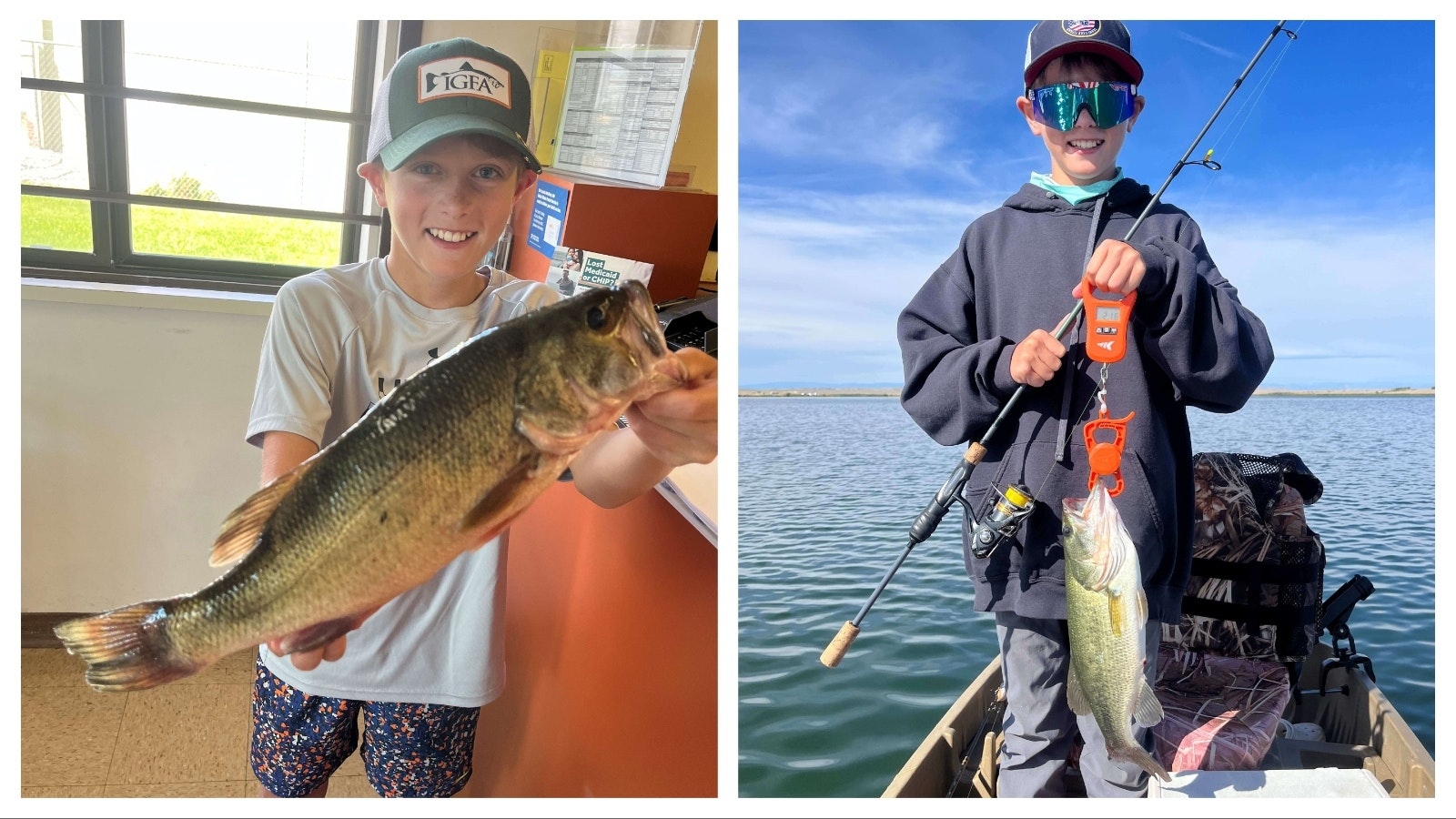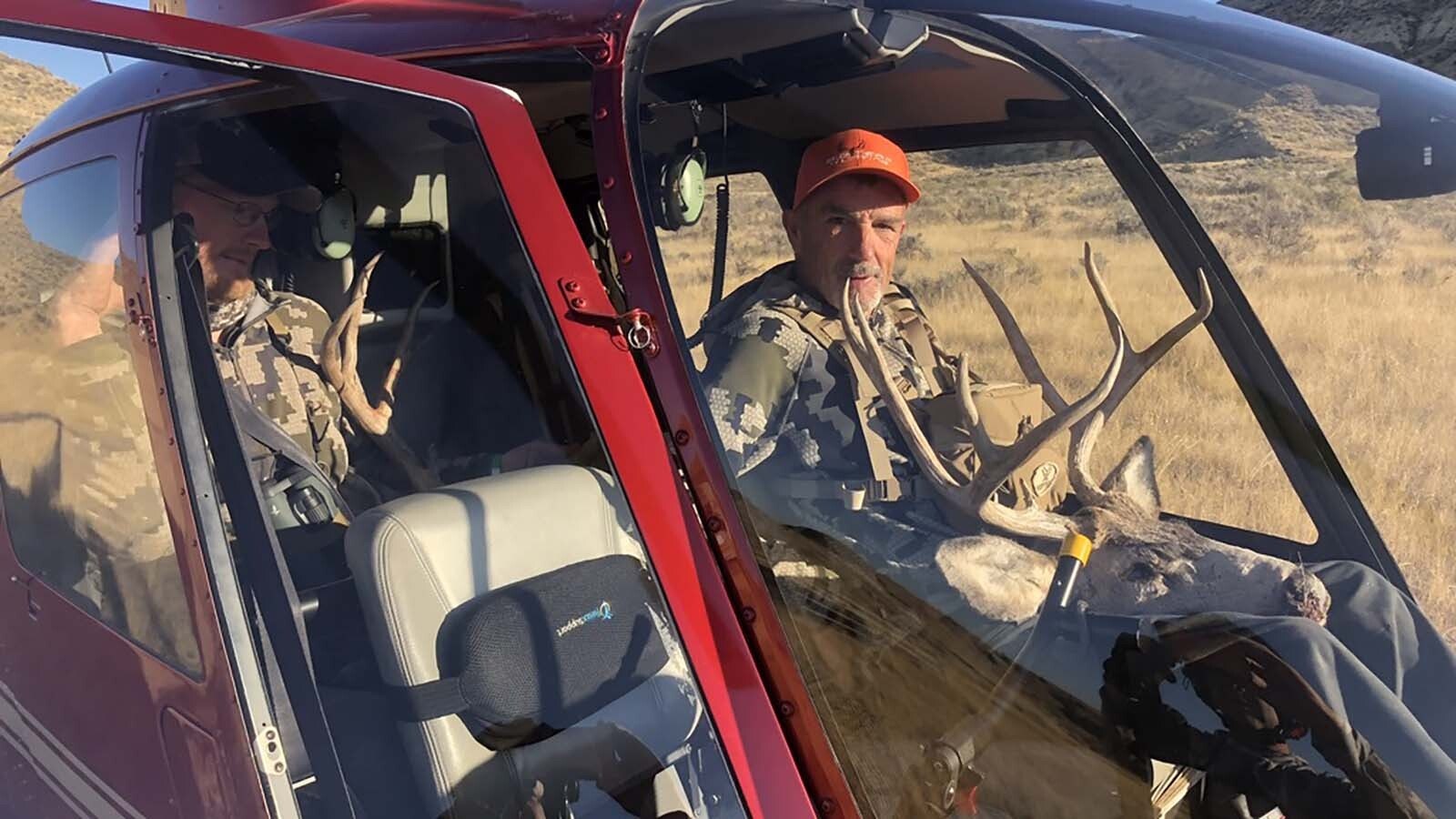It’s been 60 years since 100 men headed into the Wind River Range on June 8, 1965, as part of the National Outdoor Leadership School’s first course designed to refine outdoor leadership skills.
Six decades and several generations later, the Lander, Wyoming-based NOLS has evolved into a multifaceted nonprofit wilderness school that supports thousands of students each year all over the world.
“It's certainly a big milestone for NOLS and something we're really excited about,” said Rich Majerus, NOLS vice president of expeditions. “I’m just proud to be a part of it and continue to build on the legacy so many people have built in Wyoming and in Lander.”
From A Small Cabin
The National Outdoor Leadership School was founded by legendary mountaineer Paul Petzoldt. An outdoor adventurer from an early age, he made his first ascent of the Grand Teton in 1924 at the age of 16. He also was a member of the first American team to attempt to climb K2 in 1938.
From 1963 to 1965, Petzoldt was the chief instructor for Outward Bound Colorado, but he dreamed of nurturing leaders who knew how to live responsibly in the wilderness and could then teach others to do the same. With the backing of Lander residents Ed Breece, legislator and Petzoldt's brother-in-law; Jack Nicholas, legislator; and William Erickson, physician, the National Outdoor Leadership School opened in 1965.
Located in a small cabin in Sinks Canyon, it began primarily as an outdoors skills school. Students in that first course set out wearing Army surplus wool clothes, carrying heavy external frame backpacks and ready for the challenges awaiting them in the backcountry.
“I think it's a great location,” Majerus said of the Lander area. “It’s the right proximity to so many beautiful, austere and challenging wilderness environments. We also have the support of the local community. There's so many other businesses and things in Lander that are focused on the outdoors, on recreation, on tourism related to spending time in the outdoors and it makes it a place where we feel like we can thrive and also contribute.”
The following year the first women enrolled in NOLS courses and college credit became available to students. Thelma Young also was hired as a seamstress to make equipment and clothing that was not available commercially. She invented tents, wind shirts, sleeping bags and more that provided the basis for many innovations in outdoor gear, and that NOLS still uses today.
NOLS grew during the 1970s, due to the publicity gained by an appearance on NBC’s Alcoa Hour. The episode, titled "30 Days to Survival," followed a NOLS course as they traveled through the Wind River Range. As a result of the show, the school's enrollment grew from 250 students in 1969 to more than 750 in 1970. By 1977 the school had enrolled 1,523 students.
Expanding Globally
Eventually NOLS began to expand, opening several new locations during the next 10 years including in Kenya, Alaska, Washington state, Tennessee and Mexico. From 1980-1999, locations opened in Idaho, Arizona, Chile, India and the Yukon Territory.
Campuses in Sweden, Brazil, Australia and New Zealand opened from 2000-2009, and in Tanzania and the Adirondacks from 2010-2020. A handful of locations have closed throughout the years but there are still 14 campuses in operation around the world.
“There's currently 14 campuses, but I know of several others that we had decades ago that came and went as we continued to evolve,” Majerus said. “We're continuing to find new opportunities and new ways to deliver on our mission without changing our mission, which is to be the best of leadership and wilderness skills in a school and to provide an opportunity for everyone to become a better leader.”
NOLS averages 28,000 students per year throughout all its courses, with student ages ranging from 14 to 80. Expeditions typically last from seven to 130 days and there are nearly 300 expedition courses available. From canoeing, kayaking, backpacking and mountaineering to climbing Kilimanjaro in Africa, sailing in New Zealand or spending a year in Patagonia.
“The course that started it all, which we call WRW (Wind River Wilderness), continues to be a popular course,” Majerus said. “It is a 30-day course that was the first offering that NOLS ever had.”
Other popular expeditions include Alaska Backpacking and Adventure Courses for teenagers.
“In the summer, we've seen significant growth in students wanting to get out and have these wilderness experiences, develop their leadership skills and continue to develop their self-sufficiency and confidence as young people,” he said.
Diversified Offerings
NOLS also has continued to diversify and grow its offerings over the years.
Its first course in wilderness first aid, called Backcountry Emergency Care, began in 1979. Eleven years later, the Wilderness Medicine Institute, Inc. was founded by Melissa Gray and Buck Tilton in Pitkin, Colorado. The Wilderness Medicine Institute ran three courses in 1990 with 83 students.
As the decade came to a close NOLS purchased the Wilderness Medicine Institute, now NOLS Wilderness Medicine, to better serve students by broadening educational opportunities and expanding its geographic reach.
The school later opened the Wyss Wilderness Medicine Campus in Red Canyon in 2012. It features two indoor classrooms, easy access to outdoor practice space, cabin-style housing for students and on-campus meals.
Courses for earning a wilderness medicine certification, such as Wilderness First Aid, Wilderness First Responder and Wilderness EMT are always at capacity and typically have a long wait list.
“They get instruction and simulations and classes on campus, and then also observation opportunities at local hospitals,” Majerus said. “Then they do their testing at the end of that to get EMT and a WEMT (Wilderness EMT) certification that they can then use in their careers.”
The Wilderness Medicine program has trained over 365,000 students across all 50 states and 48 countries.
In 1991 NOLS ran the first Leave No Trace course near Lander. The principles of Leave No Trace concern minimizing the social and environmental impacts that have led to ecological degradation, and the curriculum for the course is a collaboration with the U.S. Forest Service, Bureau of Land Management and National Park Service.
The program serves as an education tool to provide guidance for how to behave while camping in the backcountry.
NOLS conducted its first formal review of an outdoor program’s risk management practices in 1998. This eventually led to other risk management offerings and the launch of NOLS Risk Services. In the field, risk management revolves around self-care, preventing injury and handling risky situations.
Launched in 1999, NOLS Custom Education provides customized experiences to corporate and institutional clients including NASA astronauts, MBA programs and other nonprofits. In the summer of 2001, the crew of the Space Shuttle Columbia completed a 12-day, 50-mile expedition in the Wind River Mountains as part of the program.
“Colleges and businesses that work with us through Custom Ed want to have people in an environment that's different from their day to day, where they can better connect and learn about themselves and one another,” Majerus said. “The choices you make impact the group in a way that is just more readily apparent than in your office setting. They take those learnings back to develop more high-performing and high-functioning teams.”
Developing Leaders
Even with all the changes over the years, NOLS continues to stay true to its mission to be the leading source and teacher of wilderness skills that serve people and the environment. It also strives to elevate the leader in each student.
“We want to continue to educate leaders, and to do that in a wilderness classroom,” Majerus said. “I think through that process people learn how to lead themselves, to better lead others and work with other people from different backgrounds or who have different world views.”
To help accomplish this, they focus on Expedition Behavior, with group and personal goals aligned and in support of each other, so when people collaboratively work together, both can be achieved.=
“How do you serve the goals and mission of the group?” Majerus said. “That's something that I think is more relevant than ever, certainly in the backcountry, but also in the front country and in people's lives now.”
For younger students, Majerus said, there’s also a number of practical skills including learning how to cook. It also allows them to disconnect from technology.
“That experience is pretty powerful for students today to have that more genuine human connection without the constant distraction of whatever's on the screen,” he said.
Celebrating 60 And Beyond
To continue to evolve with the changing landscape, last fall NOLS introduced the Second Summit Strategic Plan, a five-year roadmap for the future of the school. Central to the plan is a diverse course mix, staffing needs and philanthropic support.
NOLS fall semester enrollment is currently up about 20%, which Majerus credits to the marketing and enrollment team, who have been traveling to colleges to speak to staff and students about how NOLS can add to someone’s educational experience and award them college credits.
“We're all working to continue to better connect with colleges and universities, so we can support a student’s continued progress towards their degree, while they garner experiential learning opportunities that just aren't possible in a classroom environment,” Majerus said.
And the last two years have been the best philanthropic fundraising years in the history of the school.
“We are gaining some really positive momentum,” he said. “There’s a lot of excitement and a lot of good energy at NOLS. We're really optimistic for the future.”
To celebrate its anniversary, NOLS is planning a three-day celebration Sept. 25-27 that includes opportunities to reconnect with fellow alumni and instructors, a community dinner, vendor village with live music and a film festival. Participants may also enjoy outdoor activities.
“The event will include professional development for NOLS employees as well as a variety of community engagement events,” Majerus said. “There'll be a number of opportunities for people from Fremont County and other Wyoming communities to engage with NOLS.”














